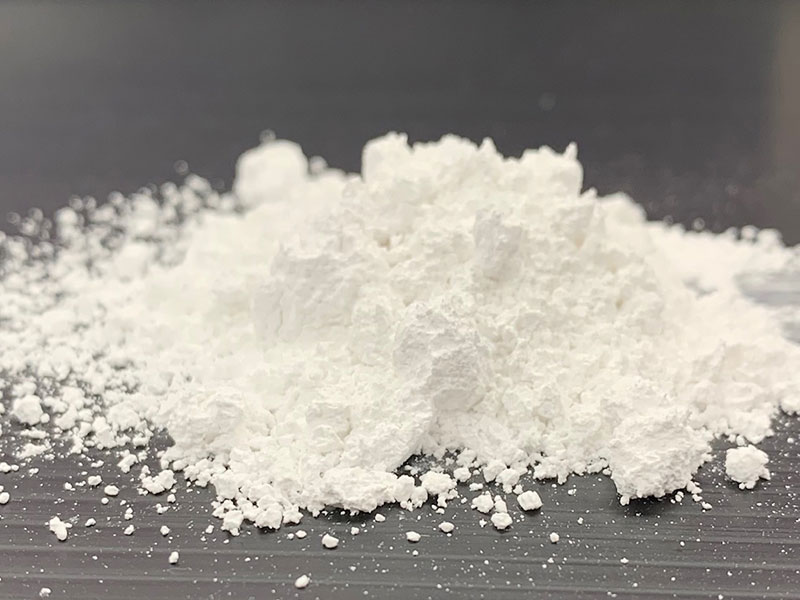Influence of talc purity on plastic modification effect

Plastic reinforcement modification is an important application field of talc, especially for polypropylene modification in the automotive and home appliance industries. Talc can increase the heat distortion temperature of products, increase dimensional stability, and reduce molding shrinkage. Ultrafine talc improves the rigidity, creep resistance, and impact strength of products. Therefore, many of the interior parts, exterior parts and structural parts of vehicles use talc-reinforced modified polypropylene materials.
Purity refers to the talc content of the product. The higher the purity of talc, the better its reinforcing effect. The direct measurement of talc purity is more complicated and can be estimated by the loss on ignition at 1050 °C, which is generally expressed by SiO2. The lower the loss on ignition, the higher the SiO2 value and the higher the purity. The SiO2 content of pure talc is 63.47%, and the loss on ignition is 4.75%. The enhancement and modification effect of talc powder with loss on ignition <8.5% is obvious; the enhancement effect of modification with loss on ignition is 8.5% to 16% is weak;
Natural talc contains impurity minerals, which will have various adverse effects on the modification effect. These impurities include: magnesite, dolomite, chlorite, quartz, iron salts, heavy metals, etc.
Studies have shown that the types and contents of talc impurities in different origins are different, and their effects on reinforcement and modification are also different. Magnesite and dolomite have obvious adverse effects on flexural modulus and thermal stability, and chlorite also has The adverse effects are smaller than those of magnesite and dolomite; heavy metals and iron salts have adverse effects on the anti-aging and thermal stability of plastics; the effects of heavy metals need to be treated differently, and the heavy metals in the talc structure are higher than those in carbon. Heavy metals in acid salts and other impurity mineral structures have less effect.
Therefore, when choosing a type of talc, not only should pay attention to its purity, but also understand the source of origin and the type and content of impurities in it.
